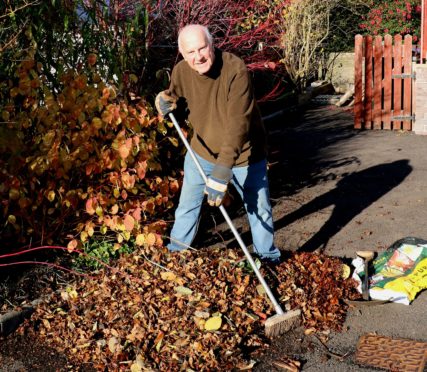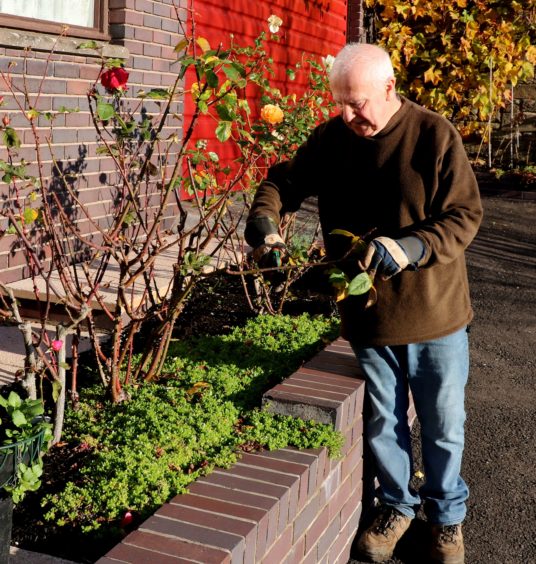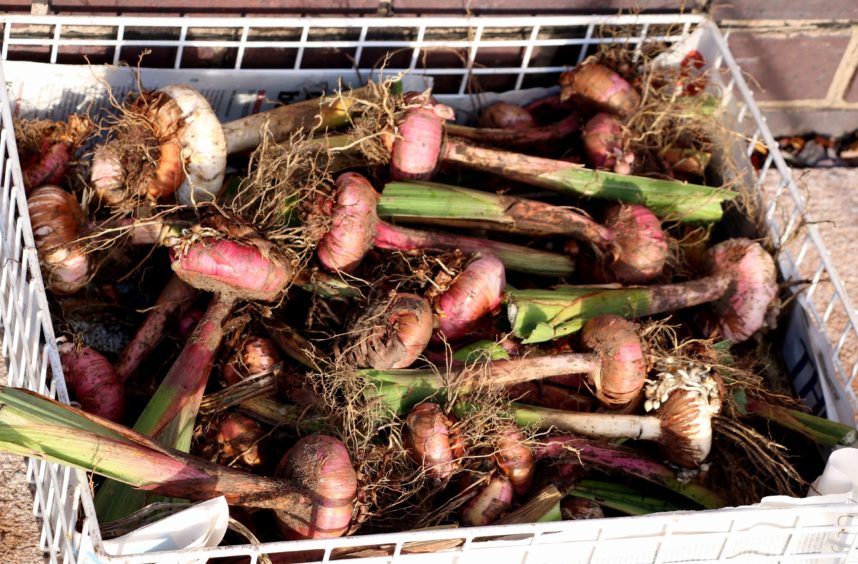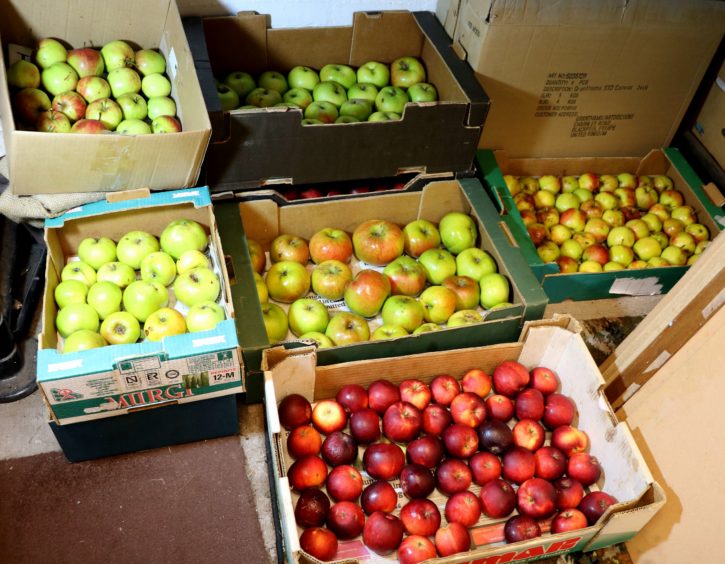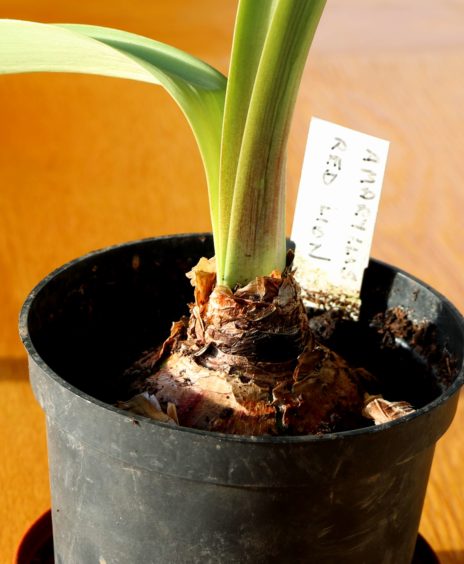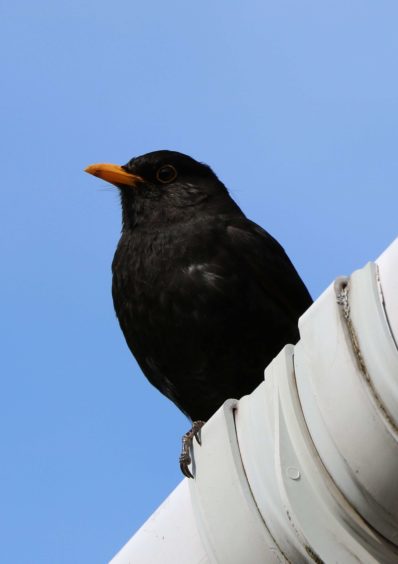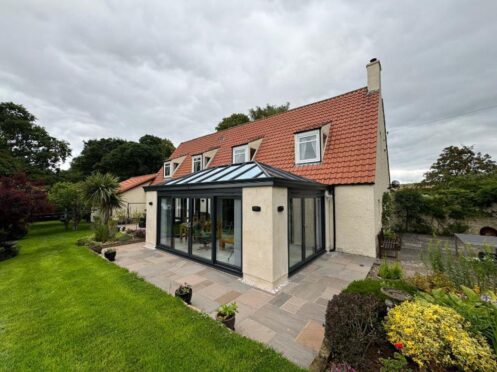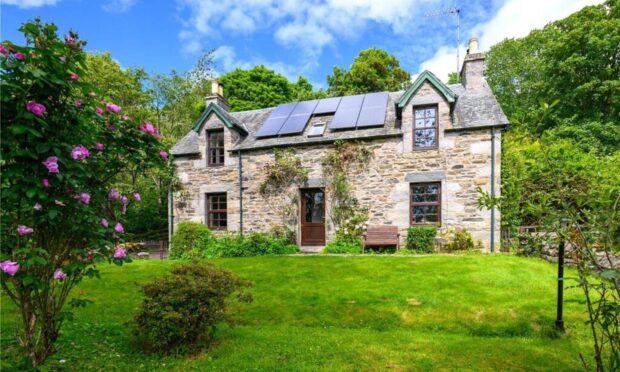Although the trees, shrubs and garden plants are ready for their winter rest as they go dormant, no such luck for the gardener.
The day length in winter may be shorter, but we can always find a job to do while there is light.
Right now the wee jobs are just piling up as we prepare for the winter lying ahead.
Every dry day is a bonus to get on with the winter digging, but on days when the soil is wet we can be checking tree stakes and ties, fix fences, paths, and give the compost heap another turn as it is now overloaded with fallen leaves.
In inclement weather we can be in the garage sorting out and checking stored produce, cleaning pots and seed trays, or in the greenhouse cleaning up and preparing the borders for next year’s tomatoes.
Pruning of the grape vine is left till mid December to January, and the prunings will be just fine for a batch of cuttings for some new plants.
Outdoor jobs
The dormant season is a perfect time for pruning fruit bushes, fruit trees and roses.
However the pruning will vary for each one as flower and fruit for some is on older wood on spurs, some on last years shoots and some on shoots growing the same year.
Apples and pears fruit best on young spurs formed on shoots a couple of years old as well as older shoots so try to achieve a balance of both young shoots as well as older branches.
Trees grown as fans on walls or grown as cordons or stepover trees get spur pruned where summer pruning is done to reduce shoot vigour then further pruned in winter to a couple of buds to form spurs.
Plums are best left alone in winter otherwise they are liable to infection of silver leaf disease. Prune them in summer.
Figs grown on walls as fans are kept in check by removing vigorous shoots growing too far away from the wall, and only a bit of minimal pruning to keep a good shape.
Summer fruiting raspberries have all the previous years fruiting canes removed and the new canes tied in.
Autumn fruiting raspberries have everything cut down to the ground as they fruit on wood grown in the same year.
Saskatoons need some height management to make netting easy to erect.
I try to keep the height down to less than six feet by removing a few tall shoots right down to the ground.
Blackcurrants fruit on one-year-old wood best so remove some older wood every year.
Gooseberries and redcurrants both fruit on spurs so cut back young shoots in summer before fruiting then cut them back further in winter to control vigour and encourage fruiting.
Roses flower best on young shoots so look for shoots growing near the base and take off about half. Remove weak shoots and older wood if it can be replaced with a young shoot.
Other winter tasks
Now most of the leaves have dropped we can rake them up and add them to the compost heap.
Continue digging, adding in manure or compost and leaving the soil surface rough to allow winter weathering so the soil breaks down easily to a fine tilth in spring for seed sowing and planting.
No rush to dig over areas sown down with green manures as these will be fine for a few more months.
Lift gladioli and chrysanthemums that have now finished flowering.
Box up the chrysanthemums and keep growing slowly in the greenhouse, but dry off the gladioli corms for storing indoors.
Check fruit and vegetables in store and remove any with signs of brown rots.
Pot up Amaryllis bulbs kept dry over summer and start them back into growth on a warm windowsill.
Wee jobs to do this week
Put out bird table and feeders now that berries are getting scarcer, especially after the autumn gales that were so severe that many plants lost their fruit as it got blasted off the trees and shrubs.
Feeders are best hung from tree branches on strong string so mice cannot reach them.
Keep the feeders clean and also put out a shallow container for water to drink and splash in to keep clean.
